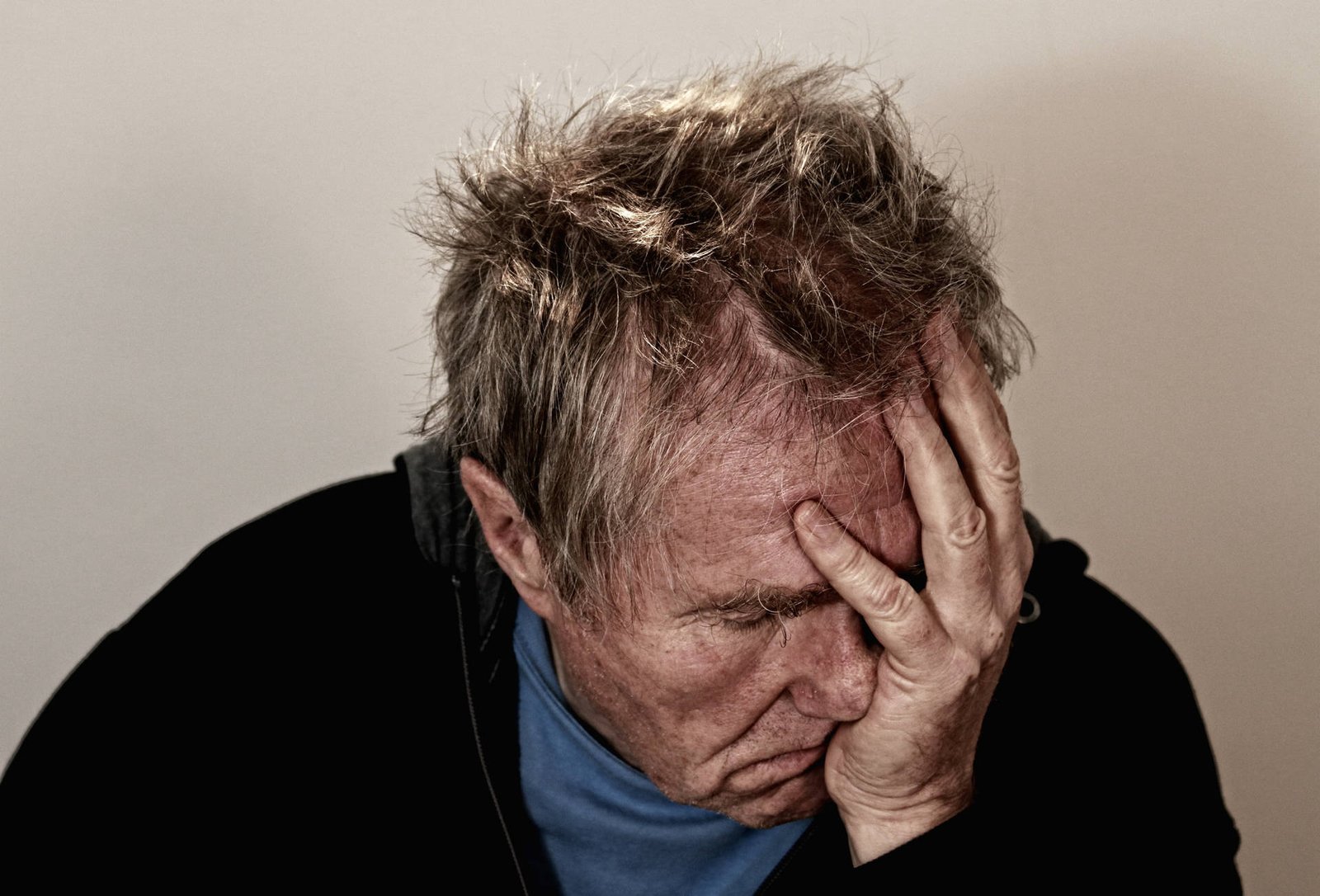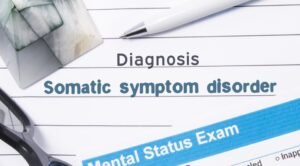Obsessive-Compulsive Disorder 101:
Obsessive-compulsive disorders (OCD) are usually manifested by repetitive and recurrent thoughts (obsessions) and behaviors (compulsions), or sometimes both. The individual usually is aware that these thoughts and behaviors are unreasonable, unnecessary, and may seem silly and intrusive but are difficult to resist. People with this disorder do not always have both the obsessions and compulsions but either can and often do interfere with an individual’s daily activities and experiences with others.
What is the difference between obsessions and compulsions?
Obsessions are thoughts of a repetitive nature and are relatively persistent. They may appear as images, ideas or even impulses and have been known to even be violent or aggressive on occasion and are known to intrude on an individual’s consciousness. An individual with obsessive-compulsive disorder may try to ignore or suppress these uncomfortable thoughts and often are aware that they are not very realistic. Some of the more common obsessions are fears related to contamination from germs or bacteria, intrusive thoughts of violent behavior or unrealistic fear of harming oneself or others or of making mistakes.
Compulsions on the other hand are usually seen as repetitive, ritualistic behaviors that are performed in a stereotypical manner and according to specific idiosyncratic rules or patterns. These behaviors while being frequently excessive, relieve discomfort and tension. Some of the more often reported compulsions include constantly rechecking doors to make sure they’re locked, windows are closed, electronics or wires are unplugged, excessive neatness, constantly rearranging and straightening furniture and other things, as well as constantly handwashing to remove dirt and germs.
Prevalence of obsessive-compulsive disorder:
It is believed that this disorder possibly occurs in 2% to 3% of the population. It frequently begins in the late teens and possibly early 20’s. More recent studies have found also a high prevalence of OCD in the elderly.
Many people are upset and embarrassed by the thoughts and behaviors associated with OCD. Most individuals who suffer from this disorder try to keep it secret and hide it well enough to limit the disruption to their life. However, obsessions and compulsions may and often do cause enough distress and incapacitation to interfere significantly in the sufferer’s daily experiences. Other complicating factors associated with this disorder is that it may be accompanied by other mental disorders such as depression, alcoholism, abuse of tranquilizers or sleeping pills, and significant interference with an individual’s ability to work and carry on normal social activities. While some people with this disorder experience a spontaneous remission, for most individuals, the symptoms seem to come and go to some degree resulting in occasional partial remission. About 10% of the people who suffer from this disorder develop chronicity with the symptoms remaining relatively unchanged.
Is there treatment for obsessive-compulsive disorder?
As with many of the anxiety disorders, obsessive-compulsive disorder can significantly improve with treatment utilizing a combination of medications and cognitive and behavioral psychotherapy. Some of the more recent pharmacological treatments have included the effective use of SSRI’s, such as citalopram (Celexa), fluoxetine (Prozac), fluvoxamine (Luvox), paroxetine (Paxil) and sertraline (Zoloft) in treating this condition. Paroxetine and sertraline were recently approved by the FDA for the treatment of OCD as well as for the use of panic disorder. Fluvoxamine has also received relatively recent approval. However, improvements may take as much as 6 to 8 weeks of treatment with these medications and frequently seem more likely for the compulsions rather than the obsessions.
Psychotherapy has also been found to be effective in the treatment of this anxiety disorder. Most therapists seem to rely upon a form of therapy referred to as cognitive behavioral therapy, which helps an individual to consider their thoughts and how they impact upon their behaviors and moods. As with all anxiety disorders, feel optimistic that you can have successful, effective treatment from obsessive-compulsive disorder.
By Paul Susic Ph.D. Licensed Psychologist
Some information from the Johns Hopkin”s Medical Guide to Health After 50



